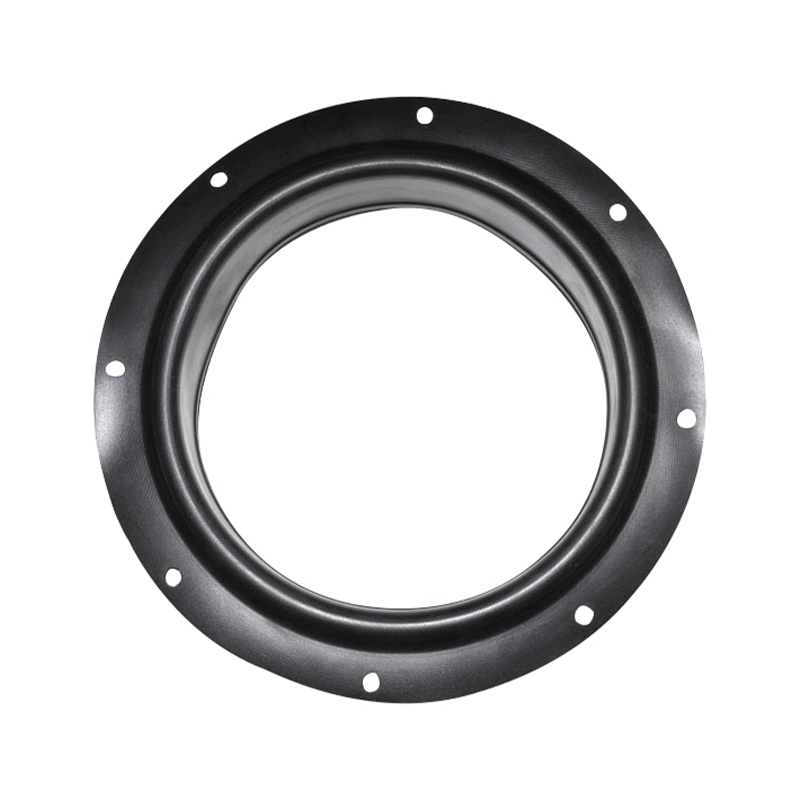
Hangzhou Biaozheng Rubber Plastic Fittings Factory
Professional rubber diaphragm research design and manufacturing

Hangzhou Biaozheng Rubber Plastic Fittings Factory
Professional rubber diaphragm research design and manufacturing
1. Incorrect material selection: The diaphragm should b […]
1. Incorrect material selection: The diaphragm should be selected according to the medium used, and some must be customized. For example, some diaphragms are not resistant to organic solvents. If they are marked with organic solvents, they will be easily damaged. In terms of temperature resistance of the diaphragm, the medium is also conditional, especially the temperature.
2. Reasonable and correct use: When the material is selected correctly, that is to say, the material of the diaphragm is just suitable for the material conveyed by the pump, and the diaphragm itself has no quality problem. If the diaphragm is easily damaged, it should be It does matter whether it is used correctly. Pneumatic diaphragm pumps generally operate at high speed. Frequent idling or half-empty installation will affect the service life of the diaphragm. If the fluid contains a large amount of solid particles, it will also affect its own service life.

3. Due to the fixed volume of the diaphragm chamber, if the feed is unstable and the pressure is low, the material level of the feed compensator is lower than 12m, and the material level in the voltage stabilizer is abnormal. When feeding, the slurry in the pump separates to form a gap. Cause material shortage, empty pump, produce hammering or impact or even cavitation, increase the variable stress on the diaphragm, increase the frequency, and cause fatigue damage or breakdown of the diaphragm. Or the air in the diaphragm chamber is not drained cleanly, and the volume of the gas changes with the change of the propelling hydraulic pressure, forming an air hammer, and the local force of the diaphragm increases, breaking the diaphragm.
4. Temperature is also one of the main reasons for the damage of the diaphragm of the pneumatic diaphragm pump. Generally, it should not exceed 120 °C, which will cause the deformation of the diaphragm under the temperature.
We are Custom Rubber Diaphragm Valves Manufacturers and Pneumatic Actuator Valve Diaphragm Suppliers in China. All sub-suppliers are inspected and reviewed, and all product procurements are conducted only in qualified sub-suppliers. The raw materials, purchased parts, and outsourced parts provided by the sub-suppliers must undergo a rigorous review when entering the factory.

Copyright © Hangzhou Biaozheng Rubber Plastic Fittings Factory All Rights Reserved. Technical Support:Smart cloud >